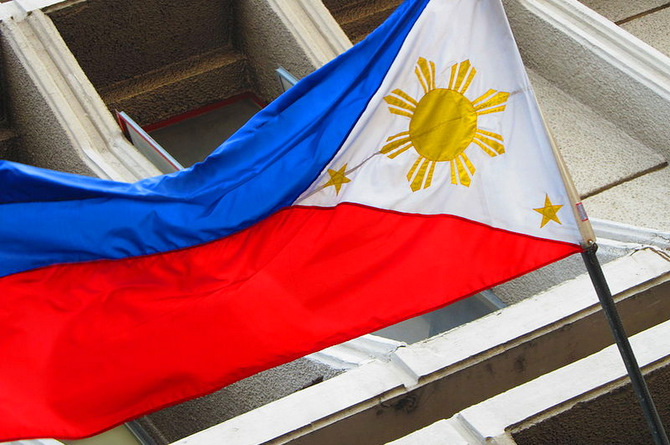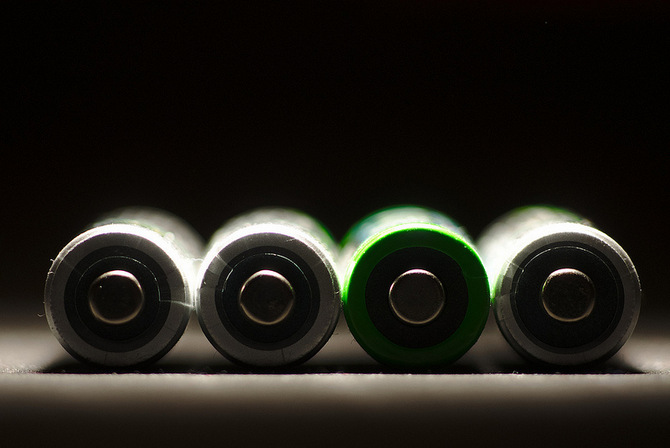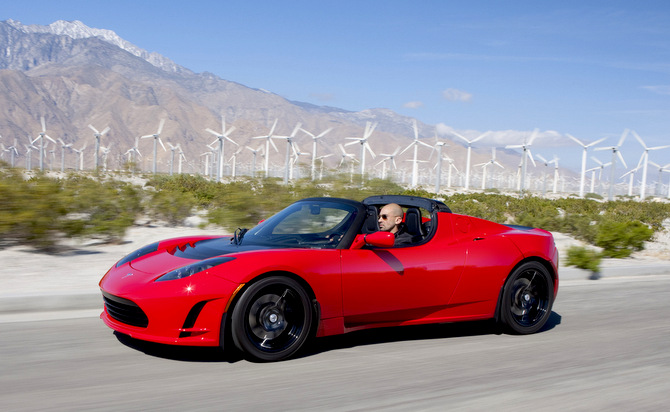
Photo Credit: Wikimedia Commons
The Philippines became the first non-African country in the world to destroy its stockpiles of seized ivory, National Geographic reports. Earlier this year the Philippine government gave the go-signal to burn more than five tons of confiscated ivory.
WWF cited Acting Director for TRAFFIC’s South-east Asia Program Chris Shepherd’s approval of the symbolic event:
“It is heartening to see the Philippines’ authorities take the issue of ivory trade seriously—it sends a strong message to other countries in the region—notably Thailand, whose Prime Minister publicly committed the country to end their ivory trade, and Malaysia, who have also indicated their intention to destroy seized ivory stockpiles, that concerted international action is urgently needed.”
The Philippines is considered to be one of the major transit points for China-bound ivory coming from African or Asian origin countries, says a 2007 Elephant Trade Identification System (ETIS) analysis. ETIS possesses the world’s foremost elephant product seizure databases. The system, which contains over 18,000 cases, is managed by TRAFFIC on behalf of parties to CITES.
According to WWF, the ETIS analysis in 2007 notes:
“..the largest ivory seizure ever made in the Philippines, possibly as much as 3.7 tonnes of raw ivory in 2006, subsequently disappeared from the custody of Manila customs under corrupt circumstances.”
The analysis also backed up TRAFFIC’s investigations presented to Convention on International Trade in Endangered Species (CITES) of Wild Fauna and Flora about ivory leakage from government-held stockpiles in the country.
ETIS’ analysis also identified new carving industries supplying religious artifacts in the country, which may be connected to export trades to Italy and other destinations.
WWF’s wildlife trade policy analyst Dr Colman O Criodain said,
“While destroying ivory puts it out of temptation’s way, an essential element of such an act is that the stockpiles are fully and transparently audited so that it is clear what ivory is being taken out the system and where it originated—only then can outside observers have real confidence in the integrity of the ivory removal.”
The Philippine government officials initially planned to crush the ivory stockpile with road rollers. However, the destruction of ivory tusks proved to be no easy undertaking. Instead, the tusks were sawed for a night to weaken them, and then pounded into fragments with backhoes and a roller. The Philippines Bureau of Animal Industry plans to burn the pile in a cremation facility later.
Heath Bailey of the U.S. Embassy and Chrisgel Cruz of the ASEAN Wildlife Enforcement Network expressed support and commended the Philippines as an example to the world. Bonaventure Ebayi, chair of the Lusaka Agreement Task Force, flew in from Kenya to witness the destruction of the ivory stockpiles. Ebayi said the event is a model that should be duplicated around the globe.
Philippines Department of Natural Resources and Environment (DENR) Secretary J.P. Paje stated that the act aims to devalue the ‘white gold’ and lessen the risk of the ivory tusks being stolen from official storerooms. The Philippines also wants to affirm its commitment to the Convention on International Trade in Endangered Species through the event as well as to call attention to the worsening poaching crisis.





Leave a Comment